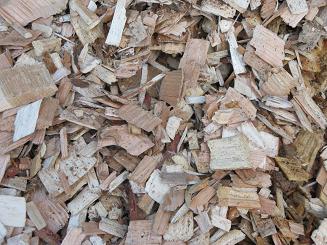Introduction
Under current market conditions, cost remains a major barrier to market penetration of forest bioenergy. However, technological advances as well as social, political, economic, and environmental factors, will affect the cost competitiveness of this renewable energy source. In some …
